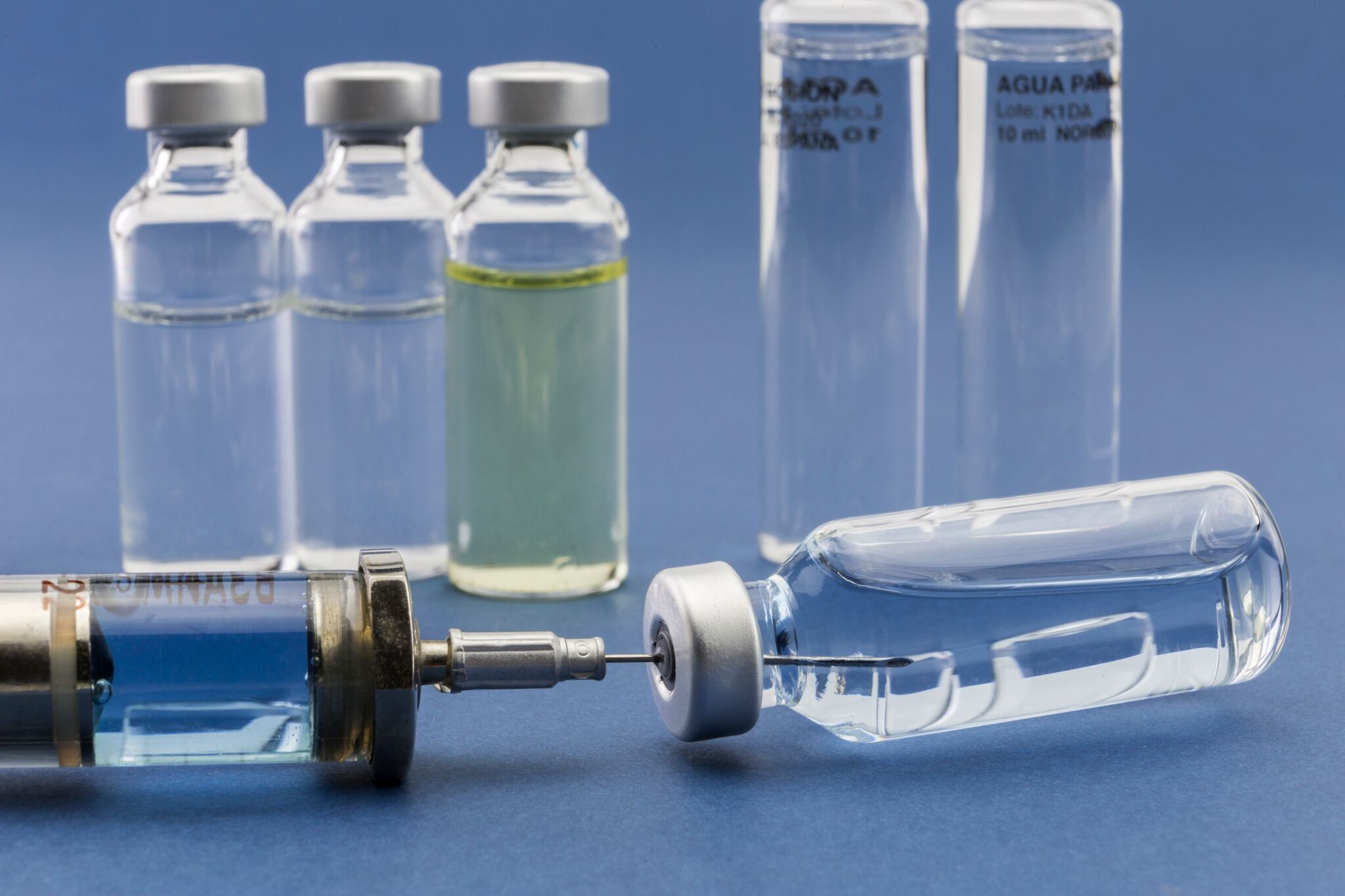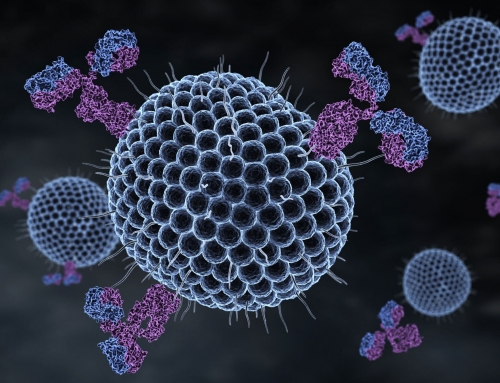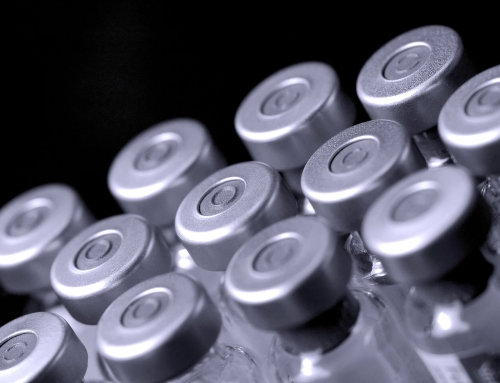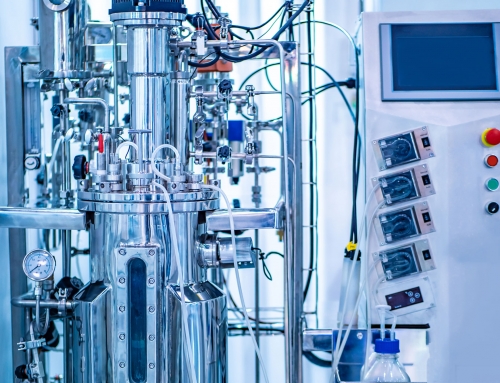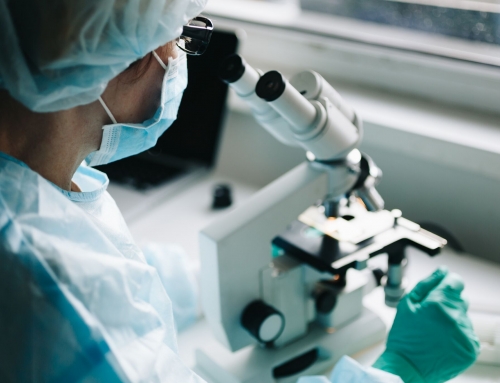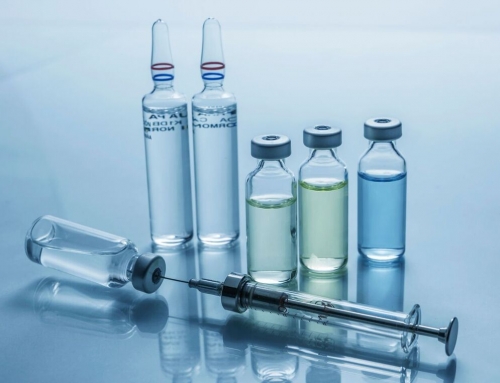Growth continues, but logistical and regulatory hurdles limit worldwide supplies.
by Susan Thompson, Technical Director at VxP Biologics
The global market for sterile injectables continues to expand at an impressive rate. In 2015, this market was valued at $299.7 billion; and its compound annual growth rate (CAGR) is projected at 6.9 percent, at least through the year 2024.
Even so, the processes of developing and manufacturing sterile injectables remain costly and complicated. Because the majority of injectables are toxic in their natural forms, careful handling and packaging are crucial throughout the clinical trial phase. The US Food and Drug Administration (FDA) also tightly regulates equipment and facilities, mandating good laboratory practices (GLP) and good manufacturing practices (GMP) around the manufacture, storage, packaging and distribution of sterile injectables.
The high costs associated with these stringent regulations have created a limited supply that often fails to meet rising worldwide demand. Contract manufacturing organizations (CMOs) are taking up at least some of the the slack. In fact, many of these organizations have become close partners (or even subsidiaries) of the pharmaceutical development firms they support.
Here are three overarching trends that define the current sterile injectables market, particularly in terms of clinical trials.
Regulatory and safety hurdles create shortfalls in the supply of sterile injectables.
Within the sterile injectables market, demand remains highest in the area of biologics. An increasing number of CMOs are investing heavily in this area, and those investments will continue to increase as vaccines, biologics and biosimilars offer an expanding range of opportunities for profit and market share.
Particularly intense investment has focused on the development and clinical trialing of monoclonal antibodies and conjugates of antibody drugs, which have proven effective at treating some types of cancer. However, the worldwide supply of sterile injectables ready for clinical trials often falls below this ever-increasing demand.
Since natural forms of injectable drugs are typically toxic, and carry high risks of infection, their development and manufacture require intensive adherence to purity and quality standards. The FDA, for example, conducts regular investigations of injectable manufacturing sites to ensure proper sterility and safety protocols are being followed.
A variety of other regulatory bodies throughout the US and Europe also mandate that every constituent in an injectable supply chain be traceable. To verify supply chain integrity, both the US and the EU mandate that all marketing authorization holders (MAHs) for drugs follow the applicable good manufacturing practices and good distribution practices (GDP), not only for active pharmaceutical ingredients (APIs) but also for all excipients in a formulation.
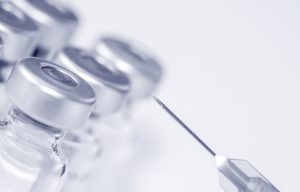
The global market for sterile injectables continues to expand at an impressive rate.
Since October 2015, Eudralex Volume 4, Annex 15 has formalized protocols for the assessment of risk in pharmaceutical supply chains. This set of regulations is based on EXCiPACT, an international certification scheme for GMP and GDP in relation to pharmaceutical excipients. These guidelines include specific expectations in the areas of aseptic assurance, environmental controls, air handling systems, and overall facility design, to name just a few of the many areas they cover.
Violations of FDA and EXCiPACT regulations have already led to import alerts and even outright bans of drugs manufactured at red-flagged sites. Thus, the risks not only of infection, but of commercial disaster, are very real for creators of sterile injectables.
Due to the stringency of these regulations, the development and manufacture of trial-ready sterile injectables represent tremendous investments of time and capital. The process becomes even more complex in the distribution phase of a clinical trial, when flaws in packaging, transportation and/or logistics can render a batch of product unusable. Compromised sterility, contamination by bacteria or fungi, crystalline instability, leaching of chemicals from packing materials, and damage due to temperature fluctuations, are just a few of many potential threats.
For all these reasons, the market for sterile injectables has become increasingly dominated by a small number of powerful competitors. This landscape, too, is shrinking, as more firms merge with, or are acquired by, their competition. Most of these firms have already outsourced a great deal of their sterile injectable manufacturing to CMOs, with the aim of increasing supply to meet worldwide demand; but the fact remains that a steady supply of injectables is difficult to ensure.
The dangers of this limited supply run far deeper than commercial risks. The latest statistics demonstrate that a global shortfall in trial-ready sterile injectables may pose a significant threat to patient mortality rates around the globe.
Shortages of sterile injectables lead to worldwide health risks.
A study published in March 2017 in the Journal of the American Medical Association reports a “strong and consistent” connection between shortages of certain sterile injectables and heightened rates of mortality. The researchers found a close correlation between shortages of norepinephrine, one of the most widely used sterile injectables, and increased septic shock mortality rates. During a shortage of norepinephrine, patients’ mortality rate from septic shock increased by 3.7 percent, according to data gathered from 26 hospitals from 2008 to 2013.
This correlation in itself comes as no surprise, given that the norepinephrine is the primary treatment for septic shock. However, the risks of norepinephrine shortage point back to a much broader concern: when the supply of generic sterile injectables runs low, problems multiply in any health care setting.
When injectables run low, hospitals find themselves required to pay a premium for non-generics. Some hospitals have even had to hire full-time pharmacists who specialize in maintaining injectable supplies in case of a shortage. These pharmacists, along with other hospital staff members, must make more difficult judgment calls in triage situations each time a shortfall occurs. And patients at risk of septic shock, of course, suffer the real brunt of the hardship.

Shortages of sterile injectables lead to worldwide health risks.
Norepinephrine, like many sterile injectables, is highly susceptible to supply shortfalls, for all the reasons outlined in the first section of this article. Manufacturing delays from major suppliers lead to inconsistent and unpredictable deliveries throughout the clinical trial phase. And even once a batch of an injectable arrives at a trial location, the high costs of storage often limit the supply that can be kept in stock.
Although the US Strategic National Stockpile stores sizable amounts of various pharmaceuticals, for use in case of an emergency, the Stockpile does not currently include significant supplies of any sterile injectable, trialed or otherwise. Thus, one (at least partial) solution to these supply shortfalls would be to add sterile injectables to the Stockpile.
In addition, regulatory bodies in the US and Europe could gather and share data on the quality and reliability of specific injectable manufacturers. The study’s authors recommend the implementation of a grading scheme, in order to shift the focus from shutting down non-compliant facilities to helping them improve their quality.
Furthermore, regulators could take steps to help compensate manufacturers for the production of sterile injectables. This approach would directly address one of the main root causes for injectable supply shortfalls: the fact that many pharmaceutical manufacturers, especially in the generic market, limit their production of sterile injectables to a single facility, in order to mitigate the risk of problems with equipment or quality control. If the high costs of maintaining an injectable manufacturing facility could be covered, to some extent, by the government, the supply of high-priority injectables would likely become more reliable.
One positive sign has been the FDA’s implementation of an early warning system for injectable shortages. Since 2012, this system has aided in the prevention of hundreds of potential shortages, by requiring pharmaceutical manufacturers to notify the FDA in case of any disruption in the manufacturing pipeline, and to offer strategies for mitigating the disruption.
Ultimately, though, the burden falls not on the developers of sterile injectables, but on the CMOs who handle the bulk of the actual manufacturing, from the clinical trial phase onward.
CMOs targeting sterile injectable manufacturing must offer the right traits.
The complex development and production pipelines of sterile injectables have led to an increasing reliance on CMOs not only for facilities and equipment, but also for specialized skills and product knowledge. As in many other areas of pharmaceutical development, CMOs are partnering with pharma development companies to produce targeted and even personalized drugs, collaborating to create greater efficiencies throughout the pipeline.
However, not all CMOs are profiting from this growing tendency toward collaboration. A 2016 survey by Nice Insight found that, while pharma developers are indeed communicating with CMOs earlier in the development phase, they’re much more likely to engage in depth with CMOs possessing a few key traits.
The survey, which gathered data over the course of 2015, also found that 17 percent of pharma developers will work with a CMO during phase I/II of the development cycle; and among those, a full 70 percent will engage the help of a CMO for support in the development of a large-molecule API. No less than two thirds of survey respondents, meanwhile, are seeking support specifically in the development of sterile injectables.
Quality, as might be expected, ranks number one on the list of desirable traits for any CMO engaged in sterile injectable manufacturing. Reliability and productivity follow close behind, with innovation and a strong regulatory track record taking fourth and fifth place, respectively. Affordability comes in sixth, still ranking firmly on the list of top traits desired in any CMO offering support in the development of an injectable.
These traits all offer logical benefits throughout the development and production phases. A CMO with high scores in the areas of quality and reliability is likely to help actively in mitigating risk and loss, while a CMO whose productivity record shines will tend to take proactive steps to raise production levels and increase the project’s overall cost-effectiveness.
Interestingly, survey respondents reported that CMOs providing early-phase development of injectables tend to perform better than average, according to a range of important benchmarks. The affordability and productivity scores of these CMOs often outrank the average by several points, as do their scores in the areas of reliability, innovation, quality and regulatory compliance. In fact, the combined customer perception score of CMOs specializing in injectable development ranks five percentage points above the industry-wide average.
In addition to “hard” quantifiable traits like track record, financial stability, experience, adaptability and range of services, pharma development firms also report that they value “soft” traits in any CMO with which they aim to build a long-term working relationship. The top-ranked soft trait is an understanding of the customer’s requirements, while an industry reputation for quality work follows close behind. Good communication and transparency rank third, followed by responsiveness, and finally, adaptability to the sponsor’s desired methodology.
Pharma developers agree that outsourcing to a CMO provides clear benefits throughout the development and production of a sterile injectable. A knowledgeable CMO can often help spot and avoid regulatory issues, production hangups, and other costly delays. A CMO involved throughout the development and fill stages can even take steps to ensure that packaging and other components will preserve the drug properly, as production scales up for clinical trials.
In light of the fact that many CMOs now provide development services targeted specifically at the manufacture of sterile injectables, partnerships with these organizations are now the most logical choice for many development firms. Since many sterile injectables are highly sensitive and hazardous in their natural states, an integrated approach to manufacturing and packaging can help prevent a wide range of all-too-common problems.
Any firm designing a sterile injectable with the aim of a successful clinical trial must consider a landscape filled with intensifying pressures. Even as investment increases, the number of firms operating in the space continues to shrink, as does the variety of generic injectables. Regulatory bodies introduce more stringent regulations on a regular basis, attaching warnings or even bans to drugs that fail to live up to these standards.
Meanwhile, worldwide shortages of sterile injectables demonstrate a clear need for more rapid, consistent production. But despite the fact that an increasing number of CMOs are specializing in injectable development and manufacturing, these organizations must present solid track records, clear communication and understanding of a project’s goals, and a range of other interrelated hard and soft traits. In this new world of close partnerships and tightened regulation, collaboration and detail-orientedness may be the most vital traits of all.

